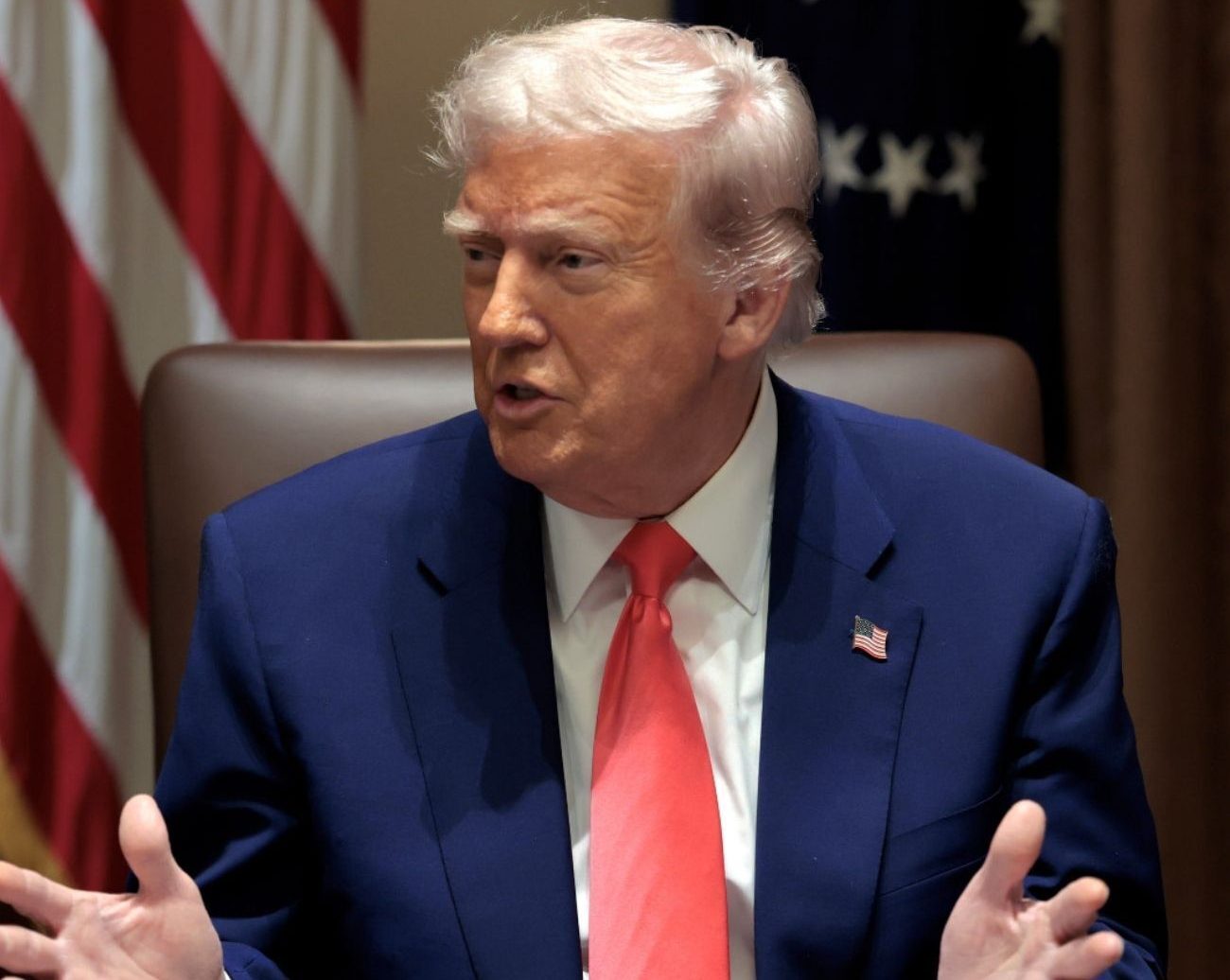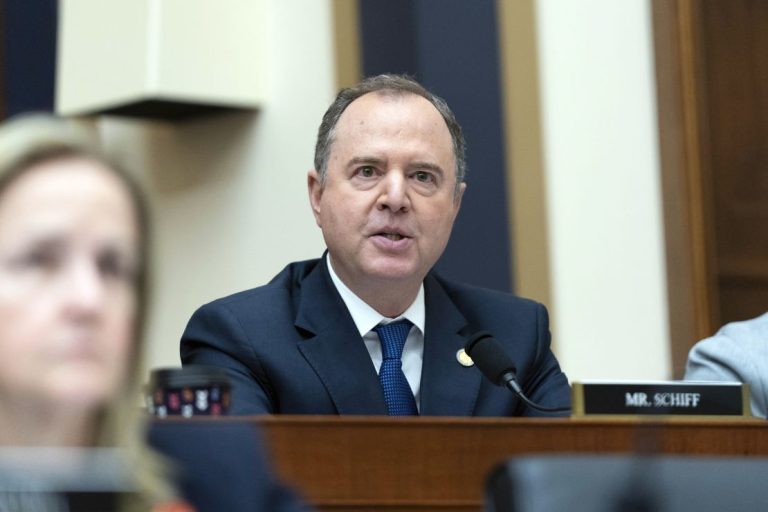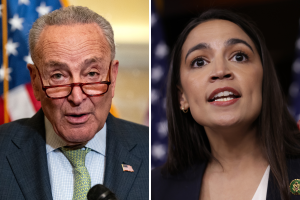Momentum around the nation’s energy policy shifted significantly this week after an unexpected show of bipartisanship in the U.S. Senate. Lawmakers on both sides of the aisle threw their support behind a sweeping nuclear energy package — one that aligns closely with President Donald Trump’s aggressive push to rebuild America’s long-dormant nuclear sector.
The legislation didn’t grab headlines for its drama, but its implications are enormous.
A Rare 88–2 Vote Signals Strong Support for Nuclear Power
The Senate approved the bill with an overwhelming 88–2 majority. Only Sen. Ed Markey (D-MA) and Sen. Bernie Sanders (I-VT) voted against it.
The package was paired with a reauthorization of the U.S. Fire Administration and firefighter grant programs, an approach that guaranteed wide support.
What the bill actually does:
-
Speeds up approval of new nuclear plant construction.
-
Cuts licensing fees for energy companies starting nuclear projects.
-
Requires the Nuclear Regulatory Commission (NRC) to issue a report on ways to streamline environmental reviews.
-
Encourages faster, more flexible federal permitting.
The bill arrives at a time when many of America’s 93 commercial reactors are nearing the end of their service lives — and when energy demand is exploding due to AI, electrification, and data-center growth.
Trump’s Nuclear Push Shapes the Policy Landscape
The vote effectively codifies a direction the Trump administration has already taken.
President Trump previously signed four executive orders instructing the NRC to:
-
Speed up nuclear licensing
-
Simplify regulatory barriers
-
Decide on nuclear applications within 18 months
-
Break bottlenecks that slow construction of next-generation reactors
With China rapidly expanding its nuclear fleet, the U.S. — once the global leader — has fallen far behind. Trump’s team has framed this as a national security and economic threat.
According to administration officials, the goal is nothing less than a full American nuclear revival.
Aiming to Triple U.S. Nuclear Capacity by 2050
Details emerging from both Congress and the White House outline an ambitious plan:
Target: Triple nuclear power output by mid-century
-
Current: ~100 gigawatts
-
Goal: 400 gigawatts by 2050
Why this matters:
-
Massive energy needs from AI, cloud computing, EV adoption
-
Reliability issues in wind and solar
-
Increasing grid stress
Federal subsidies remain in the House budget draft, offering tax incentives for new and existing nuclear plants — if construction begins before January 1, 2029.
Three Mile Island: A Symbol of Crisis Now Becomes a Symbol of Revival
In a stunning twist, the Three Mile Island Unit 1 reactor — shut down since 2019 — is now on track to restart with the help of a $1 billion federal loan.
Yes, that Three Mile Island.
The site of the worst commercial nuclear incident in U.S. history in 1979 is about to re-enter service.
Why?
Because it’s been contracted to provide energy to Microsoft data centers, and demand for stable, high-capacity, carbon-free electricity is skyrocketing.
Constellation Energy, the operator, plans to invest $1.6 billion into bringing the reactor back online by 2027, under a 20-year energy purchase agreement with Microsoft.
Major systems already being restored include:
-
Turbine and generator
-
Primary transformer
-
Control and cooling systems
The federal loan comes through a $250 billion energy infrastructure program approved in 2022.
Federal Officials: Nuclear is Now Essential
Opposition to nuclear power has softened dramatically across both parties as the energy landscape has changed.
Why nuclear is back in demand:
-
Data centers require colossal, steady power
-
AI development needs reliable baseload electricity
-
States face pressure to cut emissions without blackouts
-
Renewables alone cannot meet future demand
Federal authorities now openly state that restarting existing reactors is necessary to maintain grid stability and meet long-term national energy goals.
Energy Secretary Chris Wright: “A Nuclear Renaissance Is Underway”
Energy Secretary Chris Wright issued a strongly worded statement crediting Trump for the shift:
“Thanks to President Trump’s bold leadership and the Working Families Tax Cut, the United States is taking unprecedented steps to lower energy costs and bring about the next American nuclear renaissance.”
He added that restarting Three Mile Island will:
-
Provide reliable power to the Mid-Atlantic
-
Strengthen domestic manufacturing
-
Support the U.S. push to dominate artificial intelligence
-
Lower energy costs across the region
This is one of the clearest signals yet that the administration sees nuclear not as a “supplement,” but as a strategic pillar for America’s energy future.

Emily Johnson is a critically acclaimed essayist and novelist known for her thought-provoking works centered on feminism, women’s rights, and modern relationships. Born and raised in Portland, Oregon, Emily grew up with a deep love of books, often spending her afternoons at her local library. She went on to study literature and gender studies at UCLA, where she became deeply involved in activism and began publishing essays in campus journals. Her debut essay collection, Voices Unbound, struck a chord with readers nationwide for its fearless exploration of gender dynamics, identity, and the challenges faced by women in contemporary society. Emily later transitioned into fiction, writing novels that balance compelling storytelling with social commentary. Her protagonists are often strong, multidimensional women navigating love, ambition, and the struggles of everyday life, making her a favorite among readers who crave authentic, relatable narratives. Critics praise her ability to merge personal intimacy with universal themes. Off the page, Emily is an advocate for women in publishing, leading workshops that encourage young female writers to embrace their voices. She lives in Seattle with her partner and two rescue cats, where she continues to write, teach, and inspire a new generation of storytellers.









